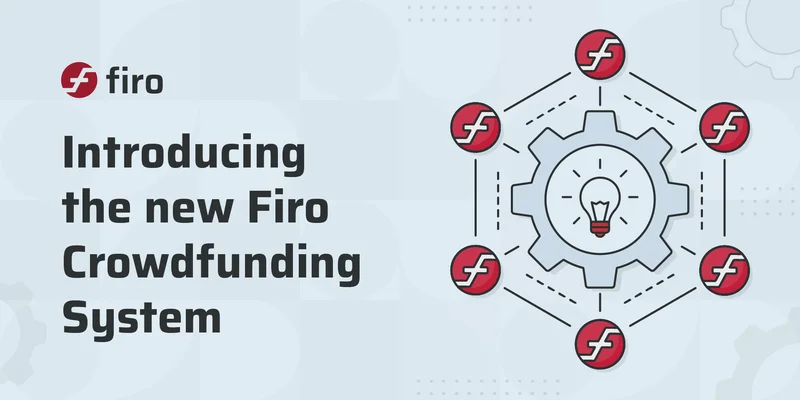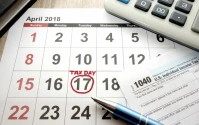Okay, folks, buckle up. I've got something really exciting to share today – something that feels like a genuine leap forward in how we tackle one of our biggest challenges: water. And no, it's not some far-off sci-fi fantasy; it's happening right now in California, with a technology called Forecast-Informed Reservoir Operations, or FIRO.
Think of our traditional reservoirs like old-school filing cabinets – static, inflexible. They operate on rules set decades ago, reacting to water levels after a storm hits. FIRO, on the other hand? It's like giving those filing cabinets a crystal ball and a super-powered AI assistant.
A Crystal Ball for Water
Here's the deal: California is increasingly dealing with wild swings in weather – intense atmospheric rivers followed by crippling droughts. These atmospheric rivers, as Dr. Marty Ralph, Director of the Center for Western Weather and Water Extremes (CW3E), describes, are "literally a river in the sky" – and they can either make or break a water year. We’re talking about 85% of the variance in annual precipitation hinging on just 5% of the wettest days!
Traditional reservoir management, with its fixed rules, just can't keep up. It's like trying to drive a race car using a map from the 1950s. FIRO changes everything. It uses advanced weather forecasting – the kind that incorporates data from "Hurricane Hunter" aircraft and sophisticated sensors – to predict incoming storms before they arrive. This allows reservoir operators to make informed decisions about when to release water to prevent flooding and when to hold it back for future use.
The result? More efficient flood control, increased water storage, and better management of environmental flows. It’s about avoiding what one article cleverly calls "water FOMO" – the fear of missing out on water that could have been stored if we'd only had better forecasting. And the early results are stunning. At Lake Mendocino, FIRO has already enabled significant increases in water storage, even during drought years. I read that in Water Year 2020, they saw a 19% increase in water storage, totaling more than 11,000 acre-feet. That's enough water for tens of thousands of households! New Forecast-Informed Decision-Making Tool Implemented at Northern California Reservoir
What's truly mind-blowing is that FIRO achieves all of this without building new dams or infrastructure. It's about optimizing what we already have, using technology to unlock hidden potential. It's like discovering that your old car can actually fly – with the right software upgrade.

Now, let’s be real: forecasting isn't perfect. There's always some level of uncertainty, and that's something dam operators need to account for. But here's where it gets even more interesting: researchers are exploring how to combine FIRO with aquifer recharge projects. That way, even if they release a bit too much water to be safe, it can still be used to replenish groundwater supplies. It's a win-win!
This isn’t just a California story, either. FIRO-like approaches are popping up around the world, from Seattle to the Midwest to Australia. It’s a testament to the power of this approach, and it highlights a crucial shift in how we think about water management.
But here’s the really big idea, the one that keeps me up at night: FIRO isn't just about water. It's a model for how we can use technology to make all of our existing infrastructure smarter and more resilient. Imagine applying this same approach to our power grids, our transportation systems, our cities. Imagine a world where our infrastructure can adapt in real-time to changing conditions, anticipating problems before they arise and optimizing resources to meet our needs. What this means for us is, but more importantly, what could it mean for you?
Of course, with this power comes responsibility. We need to ensure that these technologies are used ethically and equitably, and that the benefits are shared by all. We need to think carefully about the potential unintended consequences of these systems and put safeguards in place to prevent them. I feel strongly about this.
But still, when I look at what's happening with FIRO in California, I can't help but feel a surge of optimism. It's a reminder that even in the face of daunting challenges, human ingenuity can find solutions. And it's a glimpse of a future where technology empowers us to build a more sustainable and resilient world for all.
The Dawn of the Adaptive Age
It's not just about managing water; it's about managing change itself. It’s about embracing uncertainty with smarter tools and more collaborative strategies. The future isn't just coming; it's being written, one forecast-informed decision at a time.









